Air travel can be stressful for anyone, but if you have diabetes, it requires even more planning and preparation.
Whether it’s your first time on a plane or you’re an experienced veteran, it’s always worth checking this guide before you next go away.
Here are 10 ways in which you can prepare for your flight if you have diabetes.
1) Contact Your Airline
It’s always good practice to give your airline a call prior to your flight to discuss any medical devices and equipment you’re planning on bringing onboard. For instance, if you use a continuous glucose monitoring device, it’s important to check that your airline accepts these onboard, as wireless signals can interfere with the plane’s communication and navigation systems.
You should also be able to find out information on meal times while in the air, as well as the specifics of the meals provided, so you know if you’ll need to bring any extra snacks with you.
2) Contact Your Equipment Manufacturers
It shouldn’t be too much of an issue, but due to the variety and brands of equipment many people living with diabetes use, it’s always good practice to contact the manufacturer before taking them through x-ray machines or body scanners.
Some might advise against it, some will confirm it’s okay, but it’s always good to have that peace of mind.
3) Meet With Your Usual Diabetes Care Provider
The Diabetes Research & Wellness Foundation advises that you should meet with your care provider four to six weeks prior to departure.
“They should be able to provide you with the most recent information as well as the best travel advice based on your specific history with diabetes.”
4) Find out about Insulin Suppliers at Your Destination
It’s a good idea to find out where you can stock up on insulin at your destination, should you need it. Your manufacturer will be able to help you out with this:
- Novo Nordisk – 0845 6005055
- Lilly – 01256 315000
- Wockhardt – 01978 661261
- Sanofi – 01183 543 000
5) Purchase Travel Insurance
Travel insurance, such as that offered by Diabetes UK‘s partners, can ensure you’re covered if, for example, you lose your medication, you spend any time in the hospital while you’re away, or you miss your flight home.
With travel insurance, you can be confident you’ll get the help you need, even in an unfamiliar country.
6) Apply for a European Health Insurance Card
If you’re travelling within the European Union, a European Health Insurance Card (EHIC) can literally be a lifesaver.
This card — which is absolutely free to apply for — grants you access to the healthcare provided by EU member states, so this can be an invaluable resource if you need care due to your condition or for any other reason.
7) Check if You Need Any Vaccinations
It can be crucial to check if any vaccinations are needed for your trip according to the Diabetes Research & Wellness Foundation: “By getting vaccinated well before your trip, the risk of any unanticipated effects on your blood glucose levels and diabetes care can be reduced.”
8) What to Bring When Flying With Diabetes
You’ve already got a million and one things to bring with you when you travel, but people living with diabetes have even more to remember.
That’s why we’ve included this handy checklist to ensure you’ve got everything you need:
- Double your usual medical supplies – The InDependent Diabetes Trust recommends bringing them in your hand luggage, as suitcases “will be placed in the hold where the temperature can be below freezing and this is likely to damage your insulin.” You’ll also be protected if your suitcases get lost.
- Extra snacks – According to The InDependent Diabetes Trust, “ordering a ‘diabetic’ meal on flights often means that they are low in carbohydrates, so it is probably not a good idea.”
- A medical ID bracelet.
- A doctor’s note – with your name, specific diabetes diagnosis and a list of medicines and equipment you require.
- Labels for your insulin.
- Documentation for any equipment.
- Somewhere safe to temporarily store sharps, such as a clear, plastic bottle.
9) Extra Precautions if You Use an Insulin Pump
Changes in cabin pressure during flights can cause insulin pumps to deliver too much or too little insulin. The InDependent Diabetes Trust came up with this advisory list for pump users:
- Cartridges should only contain 1.5 ml of insulin.
- The pump should be disconnected before take off, then remove air bubbles and reconnect while cruising.
- Disconnect again before landing and prime the line with 2 units of insulin after landing before reconnecting permanently.
- The pump should also be disconnected during flight emergencies when there is a big drop in cabin pressure.
To find out more about taking an insulin pump to the airport, read Bekki’s story on the Diabetes UK blog.
10) Things to Bear in Mind When You Reach Your Destination
Be Aware of Your Glucose Levels When in an Unfamiliar Place
You’re probably sick of hearing this, but when you’re out of your comfort zone, your blood sugar levels can be affected in unexpected ways. Always check yourself before and after big walks or hikes and keep a snack handy, such as sweets, fruit or juice.
Be Careful in Hot Countries…
Sunbathing does have an effect on your diabetes control, as it can increase your blood sugar to a higher level than usual, and insulin will be absorbed more quickly from the injection site which can potentially increase the chance of a hypo. So keep a close eye on your blood glucose levels, and adjust your diet or insulin intake accordingly.
…Or in Cold Ones
You’re most at risk of a hypo in a colder climate, and they’re more dangerous too. Not only does your body use up more energy trying to keep warm, but it will also absorb insulin more slowly in the cold, before the speed ramps up once you become warmer. Just stay aware of your glucose levels and wrap up!
Keep Your Insulin at a Consistent Temperature
It’s not just you that’s affected by the weather. If you’re in a hotter climate, store your insulin in a cool bag or the hotel fridge if you’ve got one. Just make sure the insulin itself doesn’t freeze.
Plan Your Meals
By their nature, holidays are a lot less regimented, and this can creep into meal times as well. Times often waver from one day to the next, and the selection on offer isn’t always diabetes-friendly.
Try and find out ahead of time what’s on the menu, and always have a trusty supply of your own food with you so you don’t get in a jam.


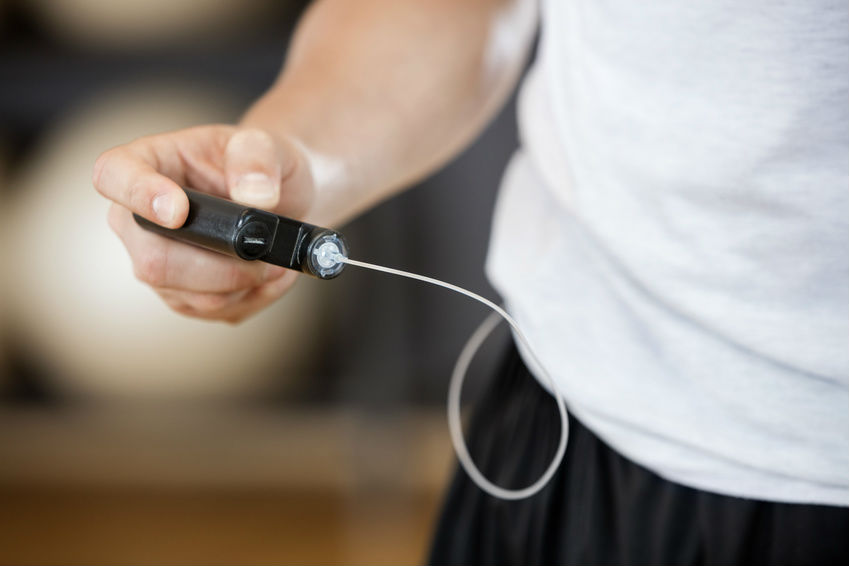
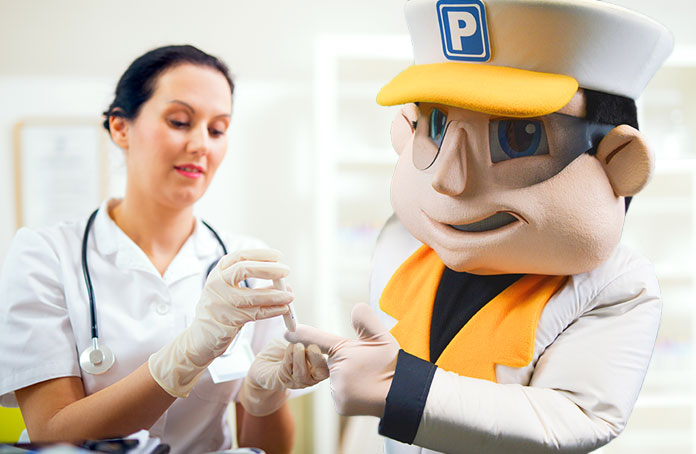
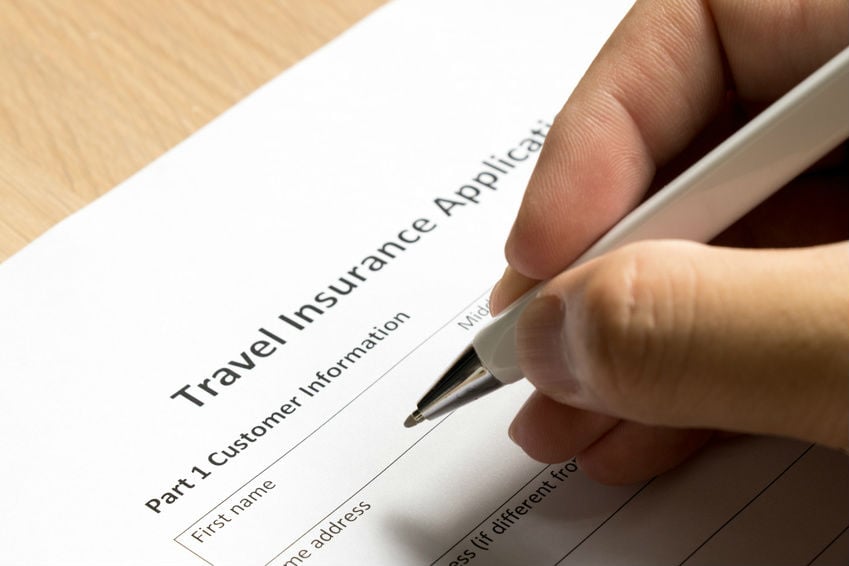
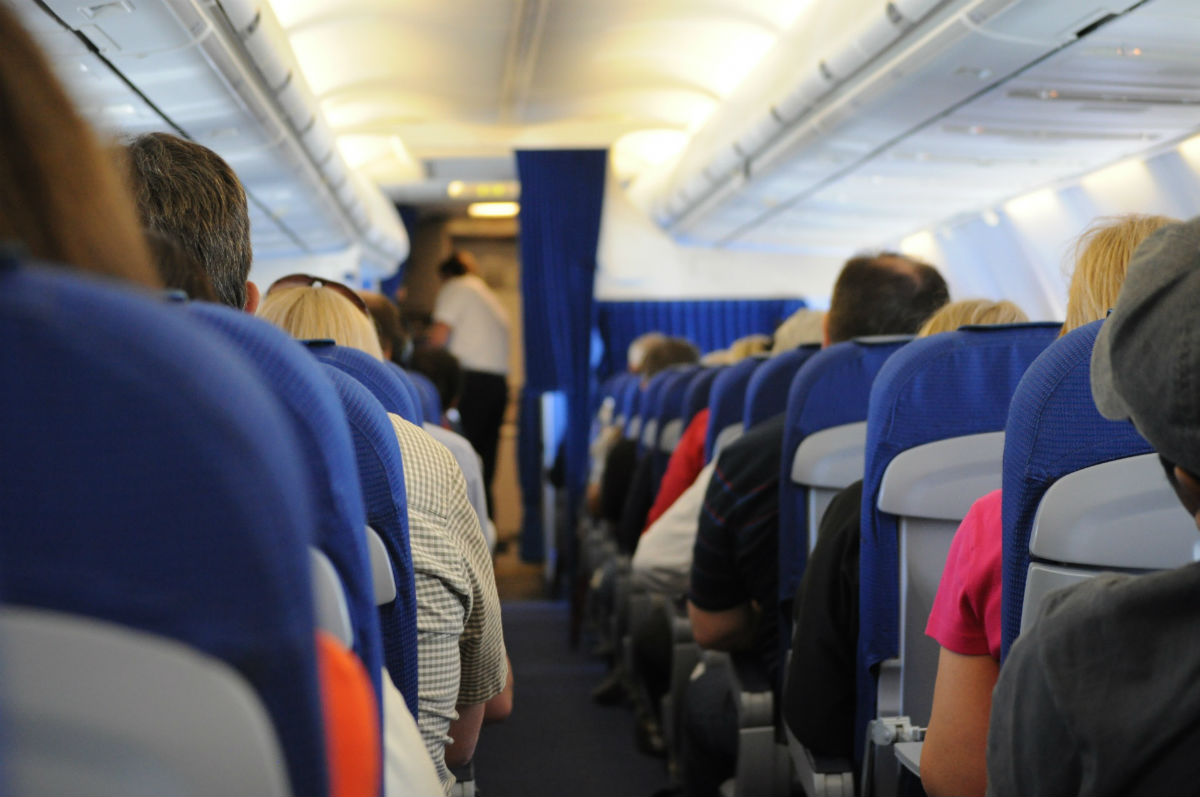
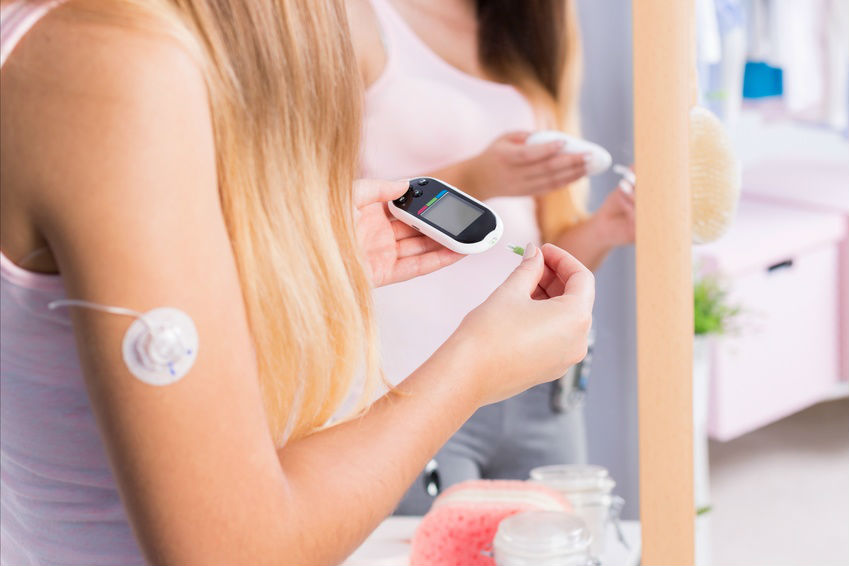










Very useful article for diabetic patients.